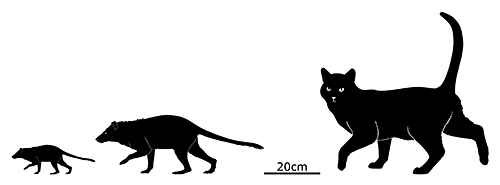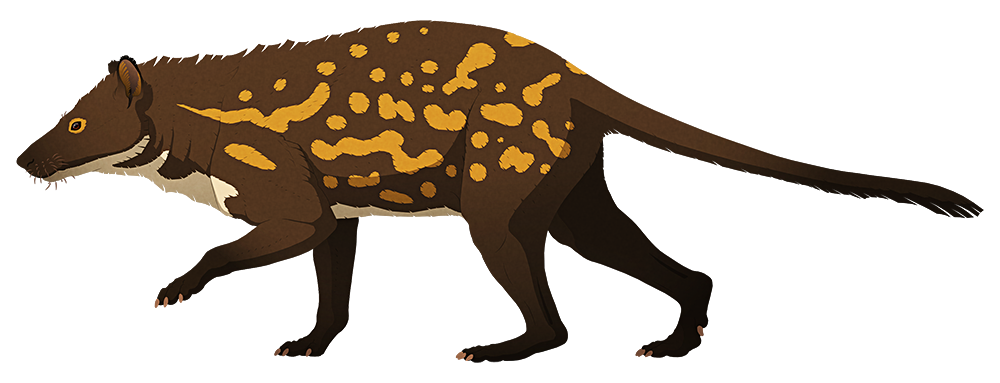During the mid-Eocene, about 43 million years ago, the Pontide region of modern day north-central Turkey was an island located between the Paratethys Sea to the north and the Tethys Ocean to the south.
This island had an ecosystem of native mammals unlike anything existing today, with a unique mixture of species whose ancestors had arrived over several million years via island-hopping or temporary land connections with Europe, Africa, and Asia. There were large rhino-like embrithopods, cat-sized metatherian predators, early primates, early bats, and “enigmatic” small insectivores – but the island completely lacked any of the rodents, carnivorans, creodonts, perissodactyls, or artiodactyls which were dominating the rest of Eurasia.
But one of the most surprising inhabitants of the island were the small herbivores – a genus called Hilalia that represented a type of early ungulate known as pleuraspidotheriids. Resembling deer-dogs, this group had originated in Europe during the Paleocene and had gone extinct there around 13 million years earlier than the date of the Pontide remains, making them living fossils at the time.
These survivors of an archaic lineage thrived on their isolated island refuge and there were at least four or five species of Hilalia at different sizes, suggesting they’d diversified to each occupy a slightly different niche in their ecosystem. It’s hard to accurately measure their body size from their very fragmentary remains, but they may have ranged from around 25cm to 60cm in total length (~10″- 2′).


